 Navigating, negotiating through turbulent waters of clinical equivalency
Navigating, negotiating through turbulent waters of clinical equivalency
By Rick Dana Barlow
Ask anyone in supply chain outside of healthcare and with no exposure to healthcare or any healthcare experience about clinical equivalency and you'll likely elicit a puzzled expression — arched eyebrows or furrowed forehead.
That's because the concept and nuance of clinical equivalence remain unique to healthcare — providers in particular — and can serve as a point of contention and discussion between nurses, physicians, surgeons and supply chain, the veritable church and state sectors of patient caredom.
For some, the comparisons between contracted and desired clinical products can straddle and swerve along the wavy lines of cost, durability, efficacy and reliability, seasoned with personality, professional or otherwise. Can/will clinicians get along with something considered "just as good" or are the economic and financial pressures too overpowering? For others, the debate and discussion surrounding clinically equivalent products approach Catch-22 or red herring status. Certainly, pros and cons abound.
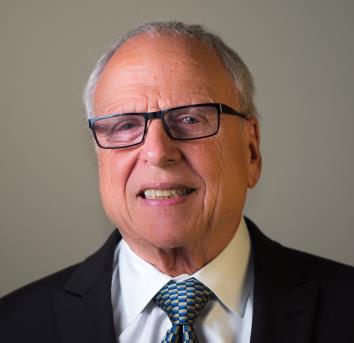
Eugene Schneller, Ph.D., Bellwether Class of 2024, pinpoints a foundational challenge.
"The real problem is the absence, in most cases, of comparative effectiveness research," Schneller told Leaders & Luminaries. "The FDA classification is not at all sufficient — when it comes to what matters when practice is considered (e.g., relative cost and quality for value/outcome)."
Schneller serves as professor, Supply Chain Management, W.P. Carey School of Business, Arizona State University, and is a renowned lecturer and industry observer. He also serves as director of the Health Sector Supply Chain Research Consortium-CAPS Research and co-director of the Supply Chain Resilience Initiative.
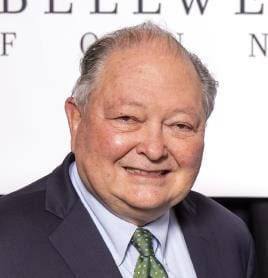
Rand Ballard, Chief Customer Officer, Vizient Inc., Bellwether League Foundation (BLF) Founding and Educational Sustaining Sponsor, identifies several characteristics that spar.
"On the pro side, it has competition and drives down price," Ballard observed, "but on the con side, clinical equivalency is not always equivalent and can affect quality. That is why we must have a combination of cost and quality to make correct decisions."
Clinical equivalency is one of the most uniquely complex aspects of the healthcare supply chain, according to Tina Vatanka Murphy, president and CEO, GHX, a BLF Platinum Sustaining and Educational Sponsor.
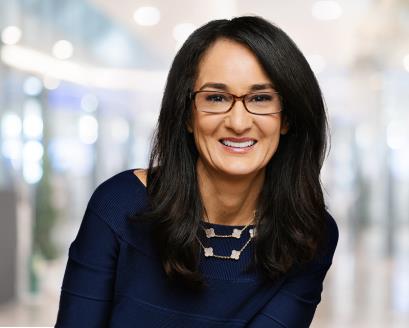
"In other industries, swapping out one part for another based on cost or availability is straightforward," she noted. "In healthcare, those decisions can directly impact patient care — and that raises the stakes.
"On the pro side, when done right, clinical equivalency can drive significant value," Murphy continued. "It gives supply chain teams the ability to reduce variation, lower costs and improve standardization — without compromising outcomes. That's huge for operational efficiency and financial sustainability. It also helps with resilience, giving teams more options when disruptions hit."
But Murphy acknowledges the challenges, too. "What's clinically equivalent on paper may not feel that way to a surgeon, a nurse or a care team who has experience and trust built around a particular product. And in healthcare, trust matters. If the process isn't collaborative, or if it's purely cost-driven, it can lead to resistance, workflow issues or even unintended consequences for patients.
"That's why at GHX, we believe these decisions work best when supply chain and clinical teams are working side-by-side — with transparency, shared data and mutual respect. Clinical equivalency is not just a supply chain decision. It's a shared clinical and operational one. And when approached that way, it becomes a powerful lever for both better care and smarter economics," she indicated.
Pursuing clinical equivalency initiatives should always have patient outcomes as the core objective, insists Gail Kovacs, Bellwether Class of 2024, and a retired supply chain veteran. Kovacs identifies six pros and six cons that must be addressed for clinicians and supply chain to achieve balance.
The pros in such an initiative include:
Specifically gearing the evaluation to the patients' conditions and outcomes
- Creating a multi-disciplinary engagement of stakeholders to foster collaboration
- Recognition and respect for the specific expertise each member brings to the process
- Creating trust and credibility between clinical and non-clinical team members
- Requiring personal commitment to process and outcome (no one would want to be the source of a point of failure)
- Creating energy for the next task/issue/challenge
Meanwhile, the cons include:

- The evaluation process takes more time
- Requires upfront planning
- Needs a champion to carry process forward
- Products/devices must have an equivalent
- Would require an evaluation of clinical equivalence
- Would need to have a positive financial impact (e.g., reimbursement, total cost of care, efficiency/ effectiveness, cost to implement and maintain process).
Corey Schmidt, CMRP, Future Famers Class of 2024, and assistant director, SHS Operations & Spend Management Integration, The University of Kansas Health System, isn't surprised that clinical equivalence represents such a firebrand issue.
"Overall, healthcare is unique to other industries because every patient is unique," Schmidt noted. "In manufacturing you know the production schedule and the exact number of widgets needed to complete that schedule in advance. Healthcare does not know who is going to walk through the door today and even for scheduled cases may need to change approach once the case has started.
Schmidt points to two pros and two cons as noteworthy discussion topics.

"Clinical equivalence helps identify alternative products when the preferred is not available and helps make a quicker decision to order alternative," he said. "Many products today have been designed for convenience/efficiency. If those products are not available, the previous process and supplies can be utilized."
On the flip side, application specifics can be an issue. "Due to proprietary technology or design, a product may not have the same application, safety features, etc. as another, similar product," Schmidt noted. "This can cause patient or staff harm if the end user is not properly educated on the uses of products from different manufacturers. In addition, many products cross over service lines, which may change the application. What works for one service line may not work for another."
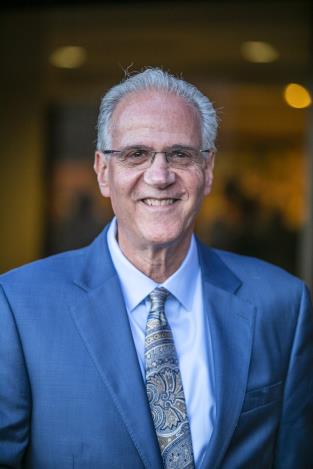
Keeping the global pandemic in perspective, Tom Lubotsky, Bellwether Class of 2022, vice president and Chief Supply Chain Officer, Allina Health, Bronze Sustaining and Educational Sponsor, encourages supply chain executives, leaders, managers and professionals to prep for contingencies.
"Given all the daily disruptions of care that we have never experienced before, it is imperative that we define the best clinical equivalencies among products," he urged. "It is simply essential to sustain our daily patient care. The discernable differences are likely to soften since maintaining the ongoing requirements to provide daily care is the priority. While none of us are willing to weaken the quality of our patient care, there is a better understanding that we need to be more resilient as well. The time it takes to assure among our key clinical stakeholders that there is agreement among appropriate product substitutes is indeed time intensive but clearly critical."
Bellwether League Foundation Board Chairman Barbara Strain, Bellwether Class of 2021, and renowned value management expert, sees current product challenges and regulatory complications as reasons enough to take clinical equivalency seriously.
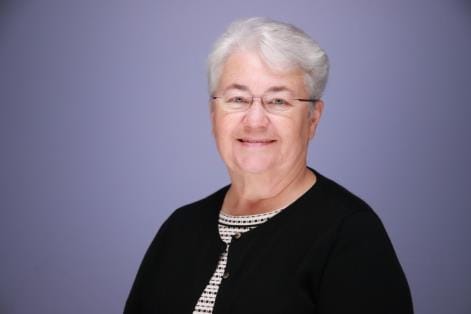
"At one point quality was a given for all products so it was about price," Strain said. "The rise of product recalls has proven that our basic product review before market is broken and does not pay enough attention to real patient conditions and human factors engineering. Those products deemed exempt from classification need additional scrutiny and proven quality and value to care — that takes time away from performing care. Technology is coming at healthcare too fast in some areas and too slow in others."

Still, Fred Crans, Bellwether Class of 2020, Outreach Ambassador on the BLF Board of Directors, and business development executive, St. Onge Co., Silver Sustaining Sponsor, examines the overarching issue that can make or break meaningful efforts.
"The pros are that if you can create a process that is accepted by the key stakeholders in each department/clinical area, it becomes possible to control the number of SKUs while delivering the mutually-agreed-upon most acceptable products in the process," he observed. "The big con is answering the question: How can we make this happen?"